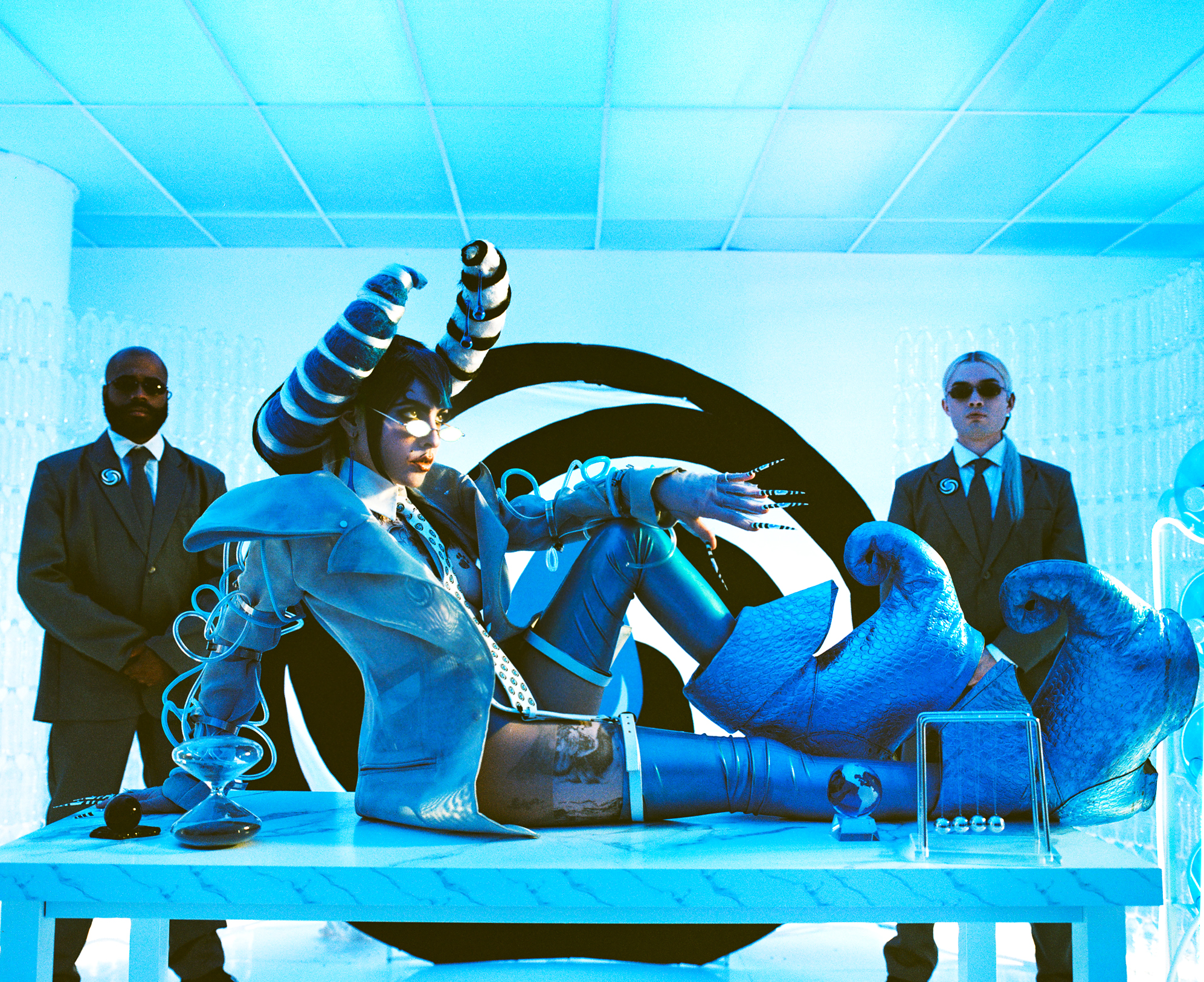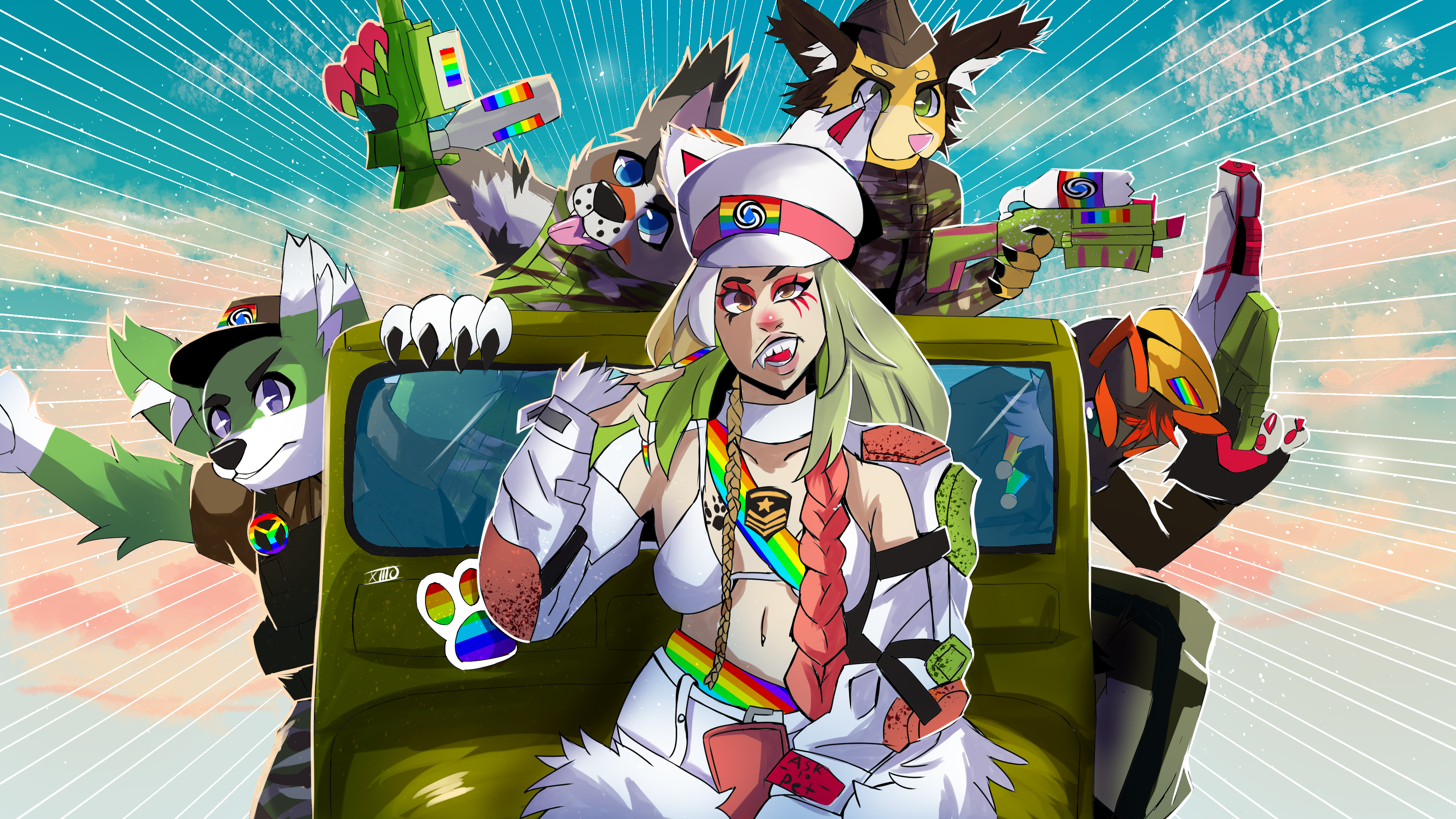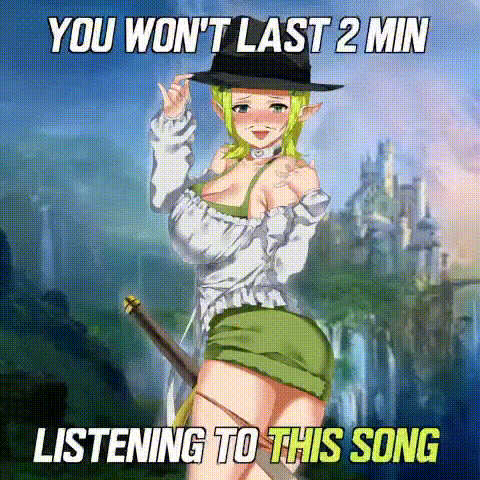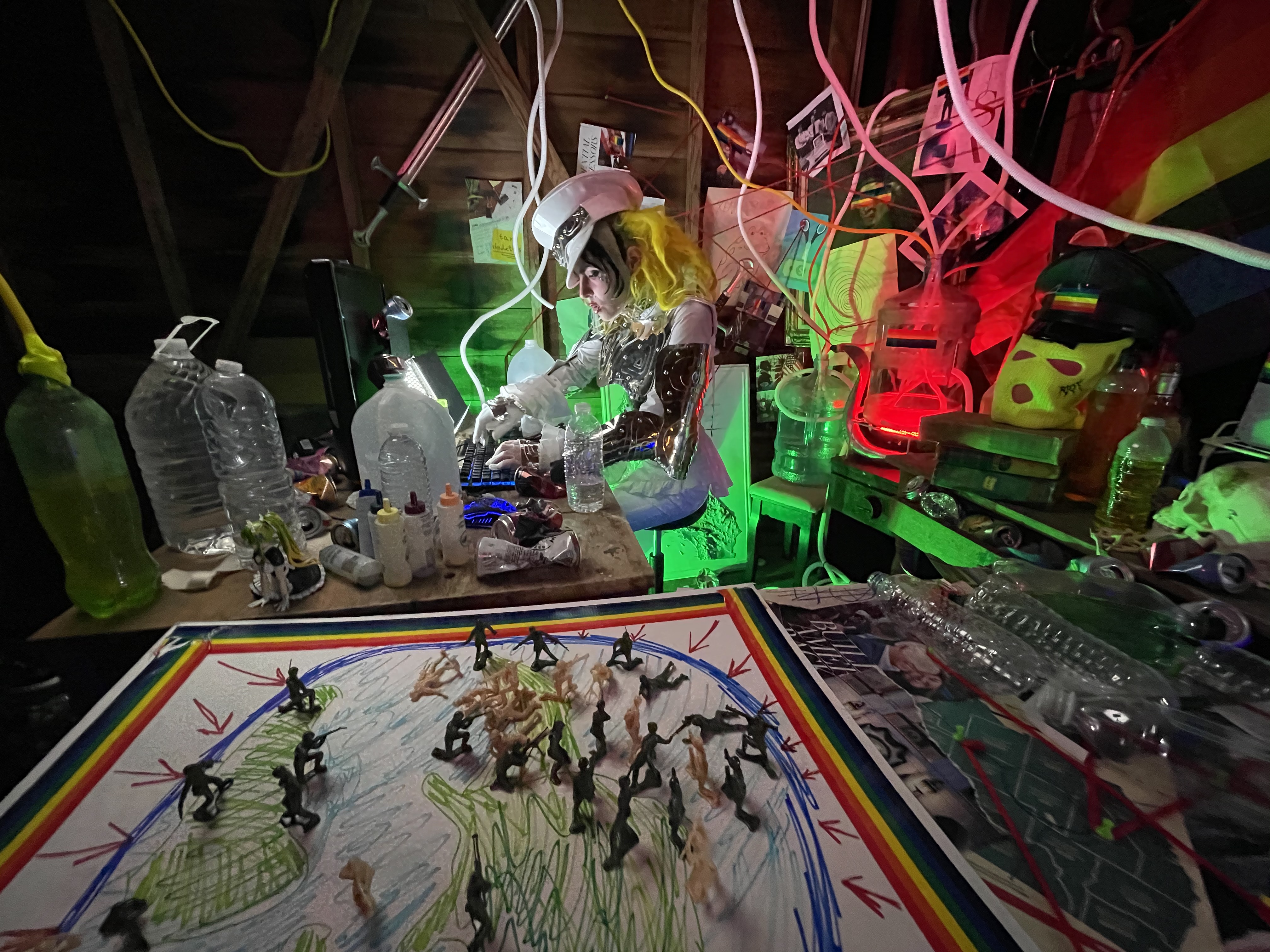Still from the "My Agenda" music video. Photograph by Lance Williams.
The latest in a series of interviews with artists who have a significant body of work that makes use of or responds to network culture and digital technologies.
Erin Schwartz: Strongly present in your work is a quality critic Andrea Long Chu calls “commitment to the bit”—I’m thinking of things like selling Gentleman Gamer Guy bath water that references an incel character who appears in My Agenda, your most recent album. What does that kind of committed world-building allow you to do?
Dorian Electra: When I get interested in something, I definitely go all the way in—I'm very attracted to extremes in a lot of ways. You can learn a lot about the in-between through exploring the extremes, you know? Whether that’s extremely macho hypermasculinity or the incel stuff or a political ideology, looking at the extremes is a really interesting starting point to see where things might go.
One of the biggest insights from My Agenda and studying incels was just how relatable that character is to so many people, whether that’s queer people or people who feel otherwise alienated from society in some way or disenfranchised. I think that’s something that a lot of people across the spectrum are feeling, economic disenfranchisement. It's a feeling and way of being that I think a lot of people can connect to. It might seem to somebody on the surface, Oh haha, this person made a video making fun of incels or something. Or they’re doing some neckbeard cosplay. To me, it goes so much deeper than that. It’s about humanizing these extreme perspectives so that we can learn something valuable from it.
ES: It’s funny, a lot of your videos are silly and goofy, but I never feel like they’re explicitly making fun of someone. How do you calibrate that?
DE: It's always very tricky. I’m very not into making fun of people; I just think it’s a bad vibe, you know? It is such a weird balance to strike, because on the one hand people are like, Oh, you’re empathizing with incels? Aren’t they those hateful, misogynistic, basement-dwelling creeps that would want to do violence to people? And then you’ve got all these different perspectives about who you should and shouldn’t be empathizing with or trying to understand.
I'm critiquing them; I'm being them; I am them—all of these different things that I find fascinating to run through my own personal experience, as well as the weird art of predicting how people are going to perceive it and then trying to always be four steps ahead of it. Whenever I put something out, especially with the "My Agenda" music video, there’s so many layers of meaning and irony and sincerity and all of these different political signals and symbols that I had to type out documents that were like, Okay, this could be misinterpreted like this, this part could be misinterpreted like this. In post, we should actually change this to this because it might be misinterpreted like that. That can be very, very stressful. But I always end up choosing these topics that are right on that line because that’s what I’m attracted to, and what I find the most fascinating and the most valuable.

Still from the "My Agenda" music video. Photograph by Lance Williams.
ES: What do those documents look like?
DE: They’re usually either a note on my phone or a Google doc. Sometimes mental notes too, or it happens through conversations with my creative partner, Weston Allen; we definitely go through a lot of stuff. Artist Josh Citarella advised and did some consulting on the "My Agenda" music video. There was a lot of sending him stuff and being like, “Hey, what do you think of this? Could this be misinterpreted? Do these colors in this scene accidentally mean something problematic that I might not be aware of?” I had a bunch of fake tattoos on me and I would send him pictures of it to be like, “Hey man, could you double check?” And then there were literally some tattoos where he was like, yeah, definitely don’t use that one.
There was a pack of tattoos that were medieval knights; some are fine, just regular medieval knights. Some of them are crusaders with the cross, and some of that imagery’s been adopted by white supremacists. So, you know, you have to be careful with these things. And a lot of times I feel like it’s good to not back down and let a symbol be co-opted by a hateful group, like with Pepe. But you also want to choose your symbols carefully and think about who you’re communicating to.
So yeah, it’s a lot of stressful things where I was like, Oh, God damnit. Do I need to edit out this shot if it has this? And it’s usually me overthinking it too, but things can snowball totally out of hand and become wildly misinterpreted. And with the "My Agenda" video that deals with a lot of military imagery—I think people got it and they got the tone of it, which was really good. I breathed a sigh of relief, seeing that people are in on it.
ES: I've been thinking about how hard it is to wrap your head around the context a person needs to fluently navigate the internet—you have so many symbols and so many layers of irony and sincerity that it’s impossible for anything to remain stably what you left it meaning. Do you have any insights on how to navigate the irony layer cake?
DE: My takeaway is to embrace ambiguity. On certain things—not political things. You definitely want to have a hard line of where you stand on something that’s really important politically. But in terms of what you think is cool versus something that is cringe, I think there’s something about that ambiguity that is powerful. And I find it powerful. I think a lot of people probably find it scary, and I do too. I’m like, Oh my God, what if people don’t realize that I’m doing this in a self-aware way? That would be horrible. But then sometimes it’s like, Oh my God, what if people don’t realize I’m doing this in a self-aware way? That would be incredible! You know? It can flip just like that.
For me, embracing the ambiguity on a personal level and an artistic level is one of the most exciting things. It's the “haha JK, unless…?” mentality that I tend to take in a lot of cases, in terms of fashion and what’s cool or not cool.
It was really cool having furries in the "My Agenda" video and getting more involved in the furry community. It was a very genuine personal exploration for me, and to be able to express that in the work was really cool. But I know that the community can be very sensitive, so I was worried that people were going to think, Is this person just making fun of this, making fun of our community? But on the whole, the overwhelming majority of responses were super, super positive—kids came out to my shows in full fursuits on this past tour. I wanna DJ at one of the big furry conventions. That’s one instance of ambiguity where, to me, it is very genuine.
 Artwork by Xillo La Esponjosa Mapache.
Artwork by Xillo La Esponjosa Mapache.
ES: I wanted to ask about the set of works I have in my notes as “the gay frog cycle,” which includes music, videos, and media riffing on the viral Alex Jones soundbite complaining that chemicals in the water “turn the friggin’ frogs gay.” In an episode of Josh Citarella’s podcast about online subcultures, you mentioned engaging with that conspiracy theory as a way to combat disinformation, describing “music and art as a gateway into ideology.” How do you see art and music functioning as ideological tools?
DE: I think the freedom that art has to play with the ambiguity of meaning and be fluid with that is one of its greatest strengths. There’s one level of somebody who maybe doesn’t even speak the language of the music, but they just see it and they’re like, Oh wow, crazy visuals. And maybe they get something from seeing me and my gender expression. And somehow it resonates with them or challenges something in their thinking. Or they like the sound of the music and they’re just like, this is catchy, and then there’s analyzing the lyrics and analyzing more of the concepts. And then there’s the people that go and Google the references and they listen to the podcast and they watch the live streams and they really get into the lore and research behind it.
I'm always thinking on these multiple levels—what can I provide at each level of superficial, a little deeper, and then really deep. I think that art, in being this thing that can skirt on the surface level—like having a catchy pop song where people are screaming a phrase like “Turn the frogs homosexual”—might put something into their mind. And then, it might make them Google it or look something up. To me, it's all about sparking those moments of dialogue or questioning in someone’s mind: Is there something deeper to this? What the fuck is that about? Is that a reference I don’t get? And then leaving a little trail of questions and things for people to explore. I like thinking of my music almost like an ARG [alternate reality game], but an ARG that has to do with stuff in the real world, like the water that’s turning frogs gay.
We’re expected to consume and process and sort through an amount of information that is unhealthy and not realistic. Every individual is not going to be able to be a fact checker, so I do think that artists can kind of gesture in the right direction, because their work is going out on a broader level, especially if it's pop music. Google “atrazine frogs gay,” and you'll see what’s actually going on.
ES: You include a lot of symbols and references significant to internet subcultures in your videos, like a specific kind of furry cosplay teeth or the “You won’t last five minutes playing this game” porn ad, which you alluded to on your Instagram featuring a character from the Gentleman/M’Lady video. Some of these feel ephemeral, that there is a chance that it will be completely forgotten, and I’m happy to see them recorded in your videos. Do you ever think about your work as historicizing or preserving internet culture?
DE: I didn’t really think about it like that, but it is kind of that. I like getting at the things that people have seen—like the porn ads—where it's an unspoken thing that actually will resonate with everybody, but nobody’s said it because it’s either embarrassing or it's a little bit cringe or a little bit weird. I like that aspect of being like, Hey, here's this thing that actually you might all be familiar with, or Here's this thing, but in like a totally different context. I definitely also get a thrill from shocking people, but always shocking with a purpose. When people shock and just try to be offensive, I find that to be really annoying and really basic level dumb shit.
In my work, like you were saying—do I see it as cataloging these moments in time—I think, yeah. I always want to make things that are of the time, responding to things going on, but then also trying to be a couple steps ahead and challenging it in some way. When I look back on the History of the Clitoris video [made for Refinery29 in 2016], that’s an easier one to look at to answer your question. It does feel like that was kind of capturing a moment, but then also trying to push beyond that.

Artwork by by Abi Boge and Weston Allen.
ES: What are you looking into for the next album?
DE: I definitely have themes in mind, and some of it definitely is related to stuff that I’ve done on My Agenda and Flamboyant, but I’m trying to not even let my brain think about it in those terms. I’m trying a different approach—not necessarily thinking of songs as essays, like I’ve done in the past, but going more intuitively with it and more stream-of-consciousness with lyrics. And then, afterwards, seeing what comes out, being like, Oh, that makes sense, that’s this theme or this theme, and it all definitely does fit together.
Age: 29
Location: Los Angeles
How, and when did you begin working creatively with technology?
In 2007, I started making fan music videos for artists that I was obsessed with. The Horrors was the main one. I learned to edit on my friend’s Mac laptop, one of the white ones. We learned how to use iMovie and that was my first foray into that.
What did you study at school or elsewhere?
Philosophy and the history of science.
What do you do for a living or what occupations have you helped previously?
Right now I'm a musician, and in the past I made educational music videos, regular educational videos, and directed music videos for other artists.
What does your desktop or workspace look like? (Pics or screenshots please!)

Photograph by Lance Williams.
